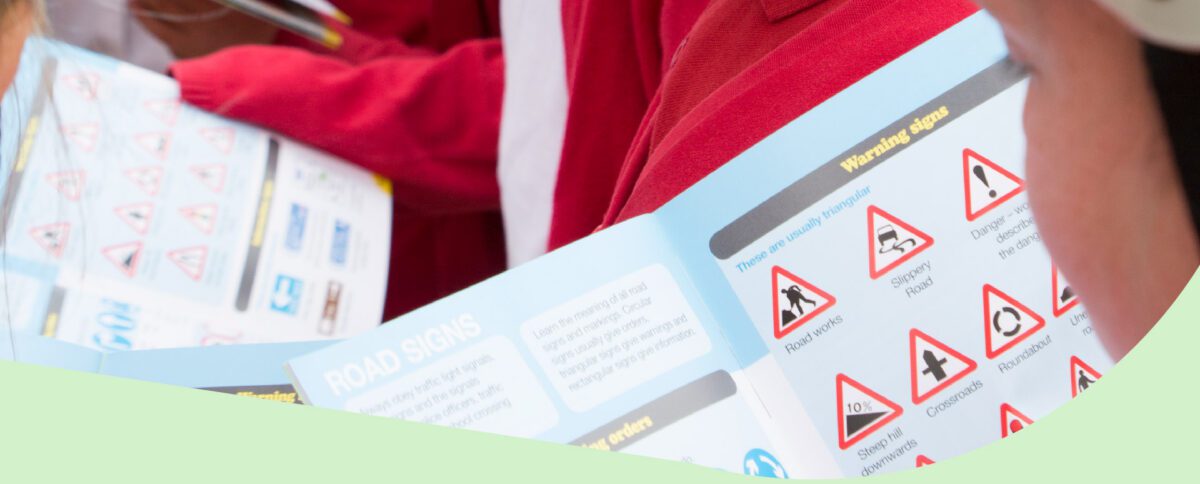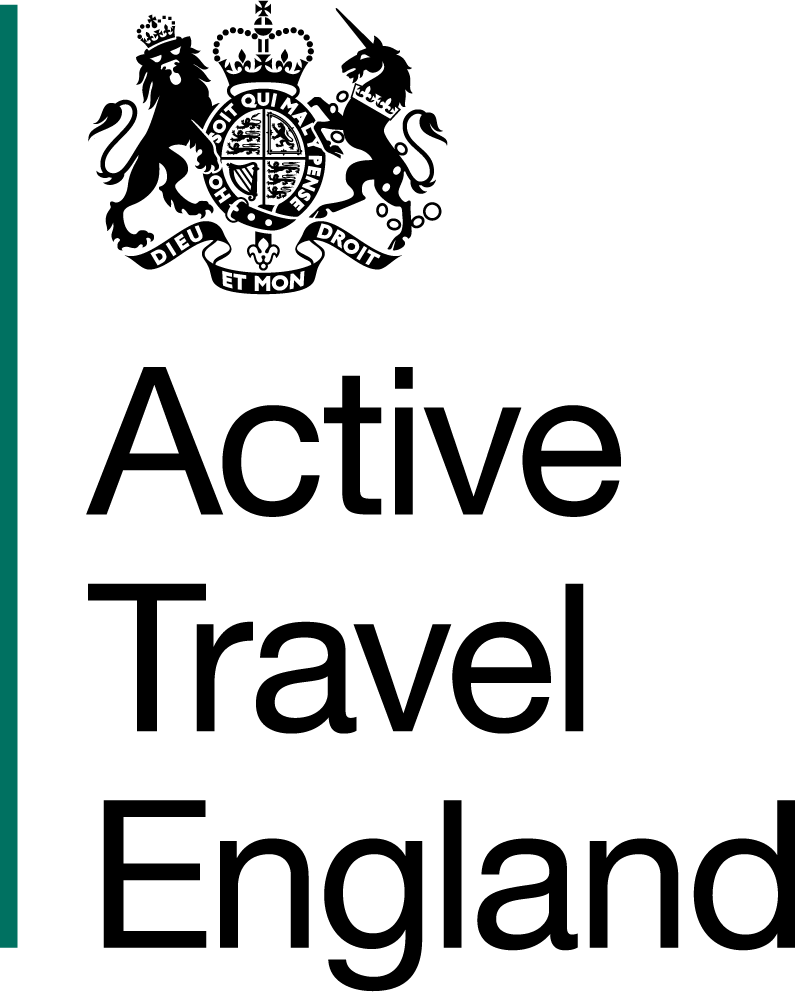

6. Risk Benefit Assessment (RBA)
All providers of cycle training should have robust health and safety policies and should put in place very clear procedures to manage and mitigate potential health and safety risks.
Training providers and instructors alike should adhere to relevant UK legislation to create a safe and enjoyable environment for everyone in the delivery of the cycle training scheme.
Legal health and safety obligations
As a training provider or instructor, you are a ‘duty holder’ and should be familiar with and adhere to the key UK health and safety legislation and regulations which apply to you when delivering cycle training. This will ensure legal compliance and adherence to current good practice for the sake of trainee riders and the interest of the organisation or individual delivering training.
As duty holders, cycle training delivery organisations and instructors should comply with the legislation and regulations as set out below:
- Health and Safety at Work etc. Act 1974 (HSWA): This Act establishes the general duties and responsibilities of employers, employees and self-employed individuals towards health and safety in the workplace.
- Management of Health and Safety at Work Regulations 1999 (MHSWR): These regulations require employers and self-employed individuals to conduct risk assessments, implement preventive and protective measures, establish health and safety policies, and provide adequate training and information to staff.
- Reporting of Injuries, Diseases and Dangerous Occurrences Regulations 2013 (RIDDOR): RIDDOR sets out the requirements for reporting work-related accidents, injuries, diseases, and dangerous occurrences. Up-to-date guidance is available on the Health and Safety Executive website about what is reportable for both workers and non-workers.
- Safeguarding and Child Protection: Relevant safeguarding and child protection legislation, guidance and best practices, including the Children Act 1989, the Children Act 2004, and the Working Together to Safeguard Children guidance.
Training providers should regularly review and update your health and safety policy and procedures to reflect changes in legislation, guidance or operational practices. This will help you keep a strong focus on health and safety and ensure that your cycle training is compliant with the latest regulations and best practices.
More detailed guidance for Bikeability instructors and Bikeability Training Providers can be found here: https://www.bikeability.org.uk/for-training-providers/risk-benefit-assessment/
Risk management practice
Training organisations should have a generic risk management document which all employed or contracted staff must know and understand. This will set out expected risks and measures to reduce risk during cycle training. Training activities should have a site-specific risk assessment recorded by the most appropriate duty holder, and the instructor delivering cycle training should be constantly managing risk dynamically.
The remainder of this section will help you to carry out risk assessments, both before you start training, and during the sessions themselves.
Cycle training involves the management of risk, whether you’re training riders on or off road. You manage risk for the safety of your riders, but also helps to challenge them where appropriate.
Remember that part of your role as instructor is to train riders to manage their own risk while riding. By supporting their independent decision making, you’re teaching them to spot and react to potential hazards.
‘Risk benefit assessment (RBA) is a useful method of risk management which recognises that there is inherent risk in most activities, but there is still benefit to doing that activity. For example, training in traffic may carry a risk, but the benefit is that riders will learn how to interact with other road users.
You should not remove risk, but manage it, letting riders handle appropriate risks independently. This will prepare them for riding on their own after training and make learning more realistic.
6.1.
Pre-training risk assessment (formal RBA)
6.2.
Risk assessment during training (dynamic RBA)
6.3.
Reducing risk during training
6.4.
Managing emergency situations
